Holy Grail Hibiscus (Hibiscus ‘Holy Grail’)
Holy Grail Hibiscus (Hibiscus ‘Holy Grail’) is a dramatic perennial known for its enormous, deep red blooms and near-black foliage. Ideal for borders, focal points, and mass plantings, it adds bold color and tropical flair to sunny landscapes.
Distinctive Features
The massive 8-9 inch flowers feature intense, velvety red petals that stand out against the plant�s rich, near-black foliage. Blooming from midsummer into early fall, the nectar-rich flowers attract bees, butterflies, and hummingbirds. Its upright, bushy habit ensures strong structure and season-long interest.
Growing Conditions
- Sun Exposure: Full sun.
- Soil: Prefers rich, well-drained, consistently moist soil.
- Water: Requires regular watering, especially during dry periods.
- USDA Hardiness Zones: 4-9.
Ideal Uses
- Focal Points: Ideal for dramatic, bold displays.
- Garden Borders: Provides height and vibrant color.
- Mass Planting: Creates a cohesive, striking display.
- Pollinator Gardens: Attracts bees, butterflies, and hummingbirds.
Low Maintenance Care
- Watering: Maintain consistent moisture for optimal bloom performance.
- Pruning: Cut back stems after frost in late fall to encourage healthy spring growth.
- Fertilizing: Apply balanced fertilizer in early spring to support robust growth.
- Winter Care: Mulch in colder climates for root protection.
Why Choose Holy Grail Hibiscus?
- Deep Red Blooms with Dark Foliage: Offers bold, dramatic color and tropical beauty.
- Focal Point Plant: Ideal for standout displays in sunny gardens.
- Pollinator-Friendly: Attracts bees, butterflies, and hummingbirds.
- Low Maintenance: Reliable and easy to grow in full sun.
For dramatic color and lasting garden beauty, Holy Grail Hibiscus (Hibiscus ‘Holy Grail’) is an excellent choice for sunny borders, focal plantings, and pollinator-friendly gardens.
To make the most of your Holy Grail Hibiscus, plant it in a sunny spot with rich, well-drained soil that stays moist. Water it regularly, especially when it’s dry. After the first frost in late fall, cut back the stems. In early spring, give it a balanced fertilizer. If you’re in a colder climate, add mulch to protect the roots. This plant is great for creating focal points, along garden borders, or in mass plantings. It also attracts bees, butterflies, and hummingbirds, making it perfect for pollinator gardens. Just keep an eye on the soil moisture for best blooms.
Be the first to review “Holy Grail Hibiscus 2025 Online” Cancel reply
Related products
Beverages

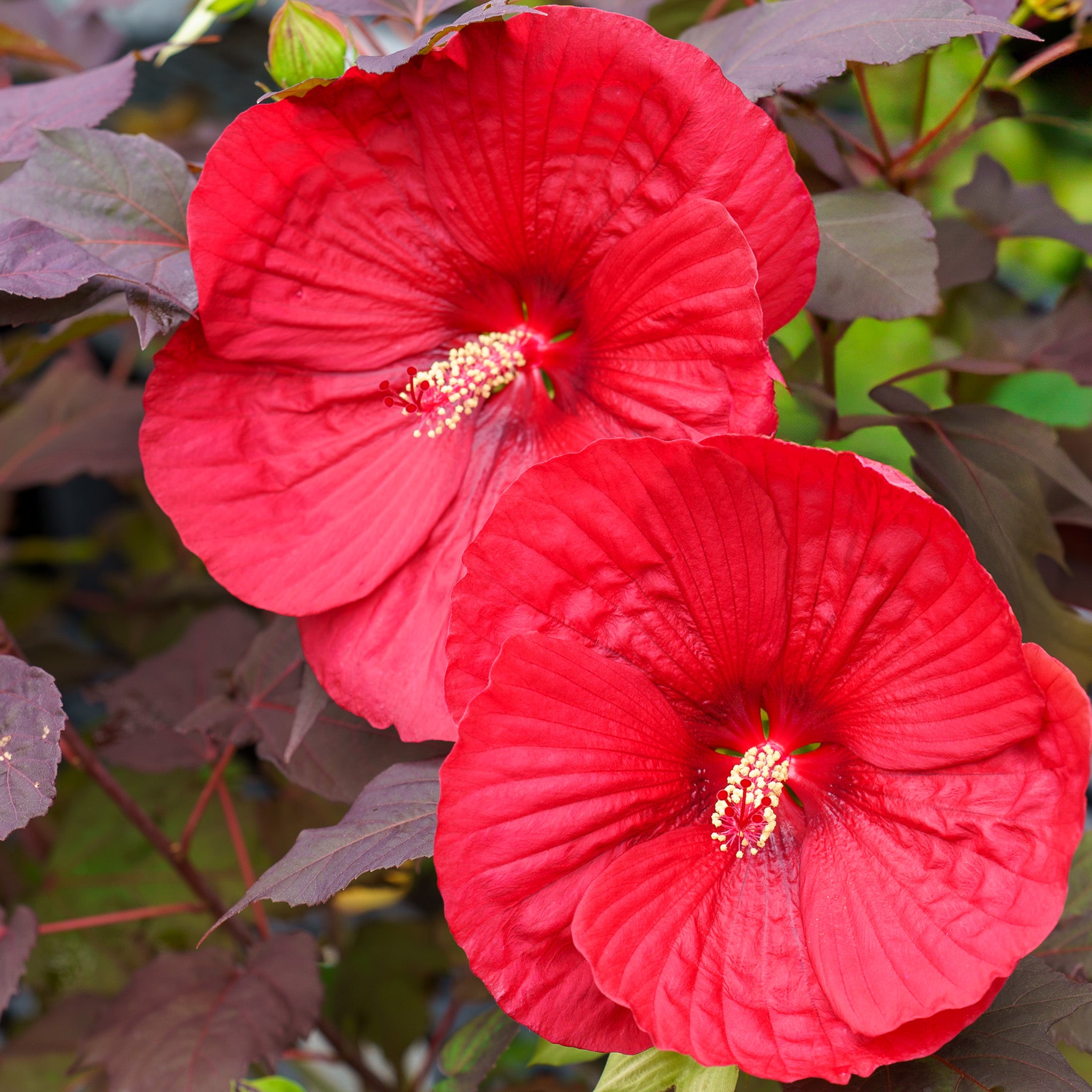
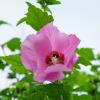

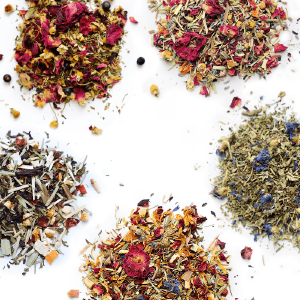
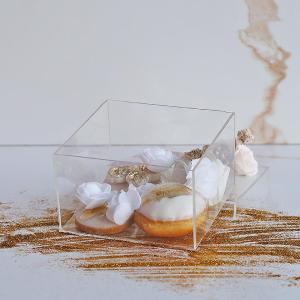
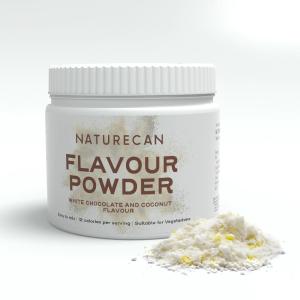
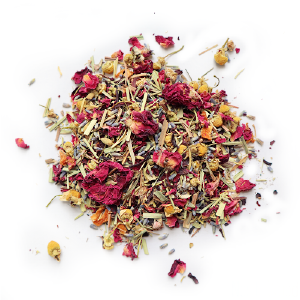
Reviews
There are no reviews yet.